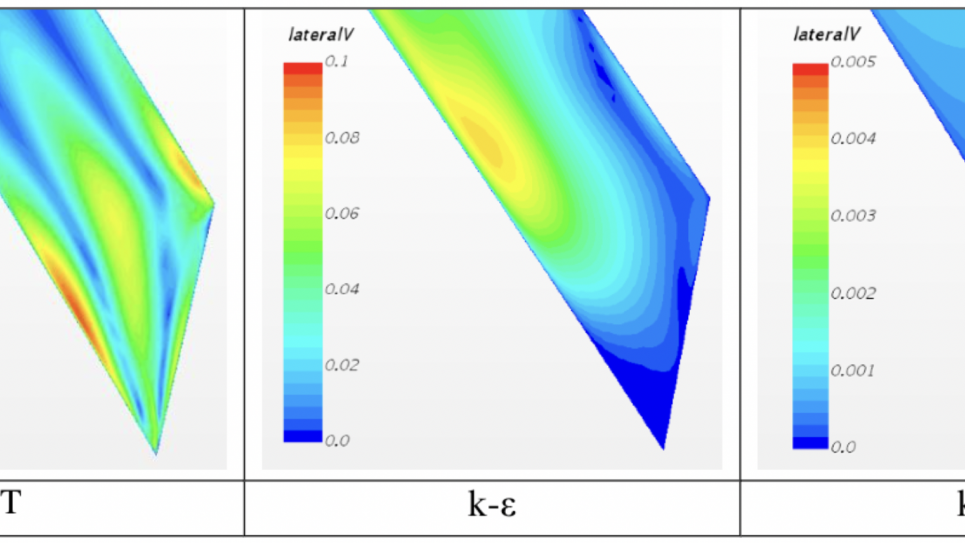
Figure 3 Contour of lateral velocity at the corner near outer side-plate using different turbulence models with commercial code STARCCM+
In this project, the team will carry out high-fidelity simulations of flow behavior and heat transfer mechanisms support the conversion of research nuclear reactors with involute-shaped fuel elements to low-enriched uranium.
The Materials Management and Minimization (M3) Reactor Conversion Program of the National Nuclear Security Administration (NNSA) is supporting the conversion of the research reactor from Highly Enriched Uranium (HEU, 235U / U ≥ wt. 20%) fuel to Low Enriched Uranium (LEU, 235U / U < wt. 20% ) fuel. There are three research reactors in the world actively engaged in conversion that utilize involute shaped fuel elements: the Oak Ridge National Laboratory (ORNL) High Flux Isotope Reactor (HFIR) located in Tennessee, U.S.A.; the Laue-Langevin Institute (ILL) High Flux Reactor (RHF) located in Grenoble, France and; the Technical University of Munich (TUM) Research Neutron Source Heinz Maier-Leibnitz (FRM II) located in Garching, Germany. These reactors share a similar configuration of coolant channel, which is of extremely thin thickness and involute shape.
Better understanding of flow behavior and heat transfer mechanisms such as coolant mixing in the corner of the coolant channels is of great interest and importance for the design of LEU fuel elements since this is where minimum safety margins occur. It is also of fundamental interest due to the presence of turbulence driven secondary flows that impact the rates of transfer of heat and momentum. As is well known, many of the most-widely used RANS approaches has exposed the limitations on the prediction of these turbulent flows. Due to the lack of relevant experimental data, it is difficult to quantify the uncertainty introduced by these turbulence models. By performing high fidelity simulation (LES and DNS), the behavior of turbulent flows involves fewer modeling assumptions and can thus potentially provide more reliable means for engineering predictions and thus provide more accurate thermal hydraulic safety margins. There is also some benefit in using high-fidelity simulation to obtain descriptions of the flow details that are difficult to obtain via measurements, and to use these to examine some of the assumptions in low-fidelity approaches. For instance, RELAP5 and PLTEMP/ANL have been applied for reactor fuel conversion for a long time. The data base from the high-fidelity simulations can be used to examine and improve the coefficients used in these codes.
In this project, the team will carry out large eddy simulations (LES) and direct numerical simulations (DNS), where minimal and no turbulence modeling is employed, respectively, will be performed with Nek5000 and NekRS to investigate local flow and heat transfer behavior and provide a benchmark for lower fidelity models as well. Nek5000 is a Gordon Bell and R&D 100 prize-winning code with high accuracy and demonstrated scaling to millions of processors. NekRS is a new version of Nek5000 that is targeting extreme-scale computers, including multicore and many-core platforms and graphics processing units. The two codes are developed as part of the High-Order Methods for High-Performance Multi-Physics Simulations project supported by the DOE Applied Math Research base program as well as a collaboration with Nuclear Energy Advanced Modeling and Simulation (NEAS) program. Both codes include advanced algorithms, scalable iterative solvers, and high-order discretization that enable scientists to efficiently simulate turbulence on leadership-class supercomputers. These capabilities will reduce the time it takes to validate and certify new reactor designs, enabling an efficient conversion process. The performance of the codes have been extensively tested and demonstrated in previous ALCC projects.